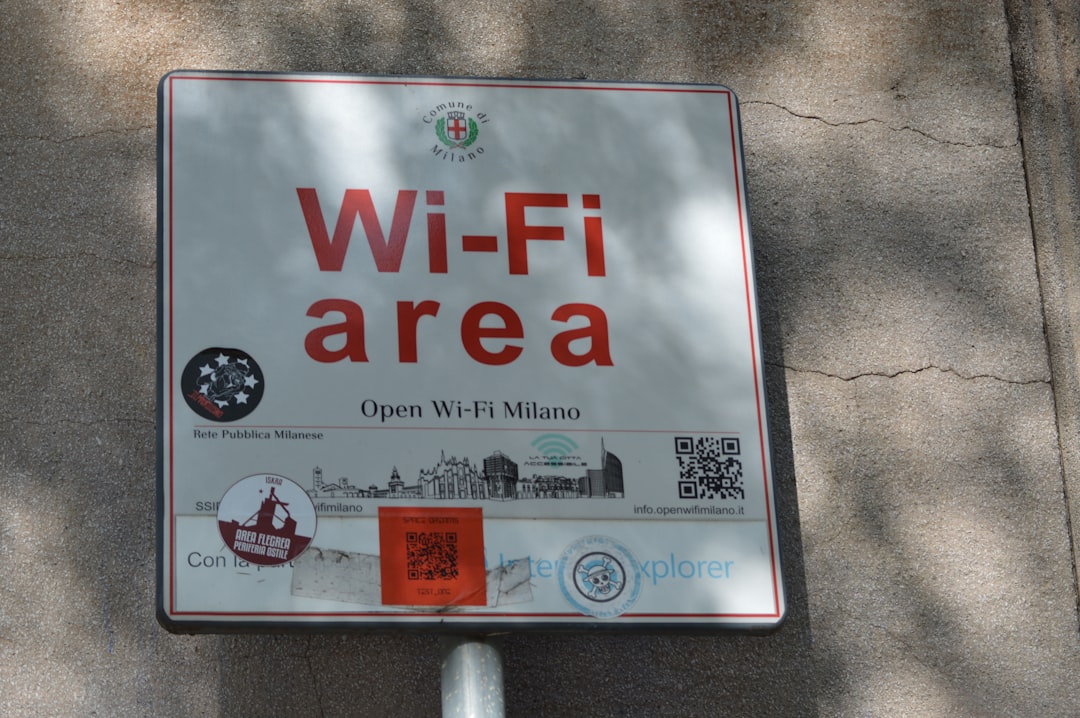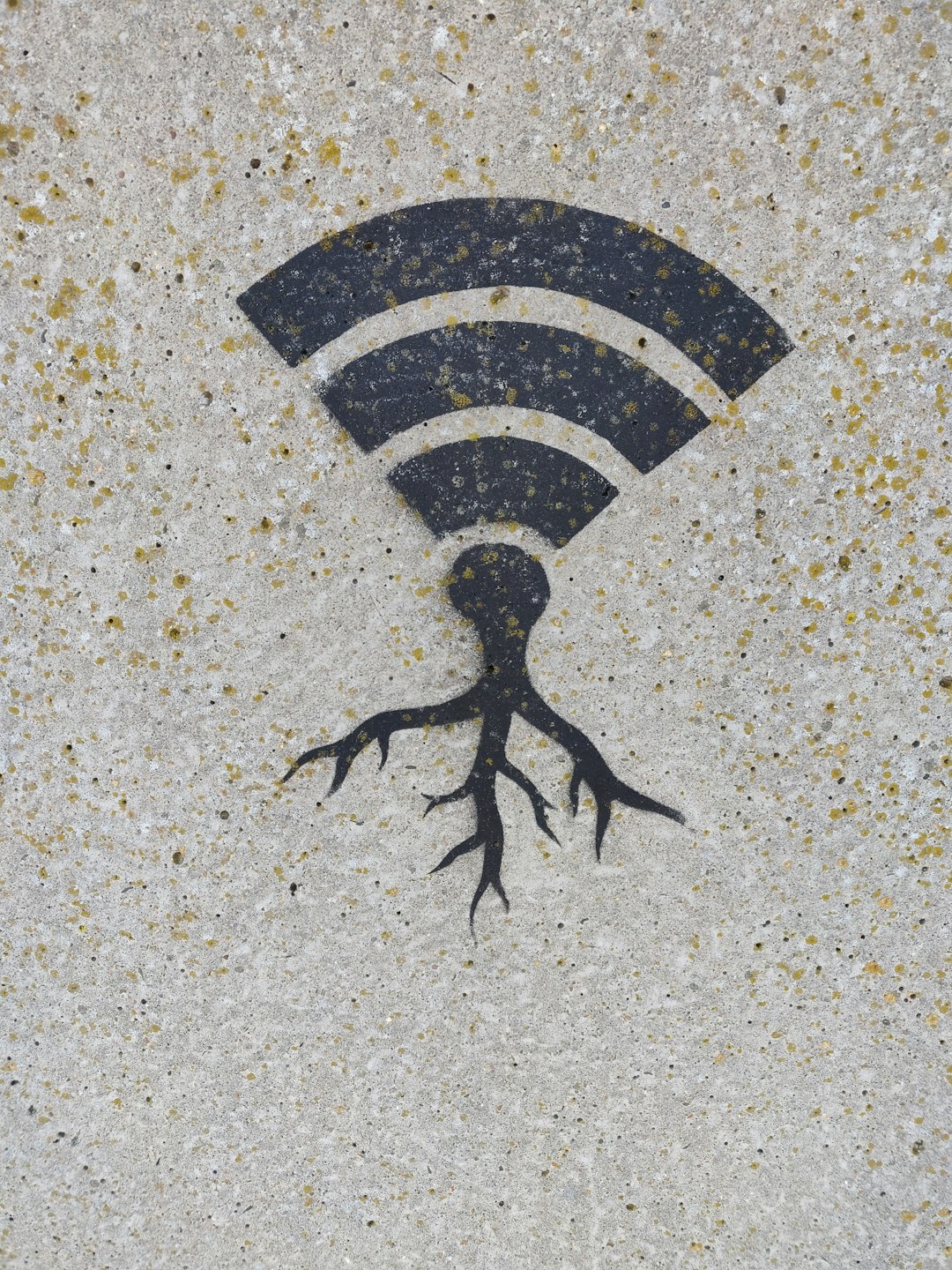In the age of constant connectivity and smart devices, ensuring seamless Wi-Fi performance across your home or office is more important than ever. Two key technologies that help improve this experience are Wi-Fi roaming and band steering. While often taken for granted, these features play a vital role in maintaining a stable, fast, and efficient wireless connection — especially in environments with multiple access points or dual-band routers. Understanding how these technologies work can help you make better networking decisions and optimize your wireless environment.
Table of Contents
What Is Wi-Fi Roaming?
Wi-Fi roaming refers to the ability of a wireless client device — like your smartphone, laptop, or tablet — to stay connected as it moves between different access points (APs) within the same network. In an ideal scenario, when you walk from one room to another, your device should seamlessly transfer its connection to the nearest AP with the strongest signal, without dropping the connection or slowing down performance.
This process may sound simple, but it involves a complex set of decisions made by both the client device and the network. Most Wi-Fi networks do not “force” a device to connect to a particular access point. Instead, the change or “roam” is initiated by the client device based on metrics like signal strength, signal quality, and other performance indicators.
Why Roaming Matters
Without effective roaming support, users may experience:
- Slower internet speeds when a device remains connected to a distant AP
- Higher latency which affects video calls and gaming
- Dropped connections during important calls or data transfers
To mitigate this, many modern routers and mesh systems include smart roaming algorithms that gently encourage devices to switch to better-suited access points. Some enterprise-grade systems also utilize protocols like 802.11k, 802.11r, and 802.11v to facilitate quicker and smarter roaming.
How Roaming Protocols Help
These are some of the standards that enhance the roaming experience:
- 802.11k: Provides a list of nearby access points so a device can make quicker decisions.
- 802.11r: Enables fast and secure handoffs between APs, ideal for time-sensitive applications.
- 802.11v: Allows network-level steering suggestions, guiding clients toward better-performing connections.
When supported by both access points and client devices, these enhancements dramatically reduce the time and performance drop typically associated with roaming events.

Band Steering: Optimizing Dual-Band Networks
Another important aspect of maintaining a high-performing wireless network is the use of band steering. Modern routers often come equipped with both 2.4 GHz and 5 GHz bands. While 2.4 GHz offers longer range, it is slower and more prone to interference. The 5 GHz band, on the other hand, provides faster speeds but at a shorter range and weaker wall penetration.
Rather than creating two separate SSIDs (network names), routers with band steering combine both bands under one SSID and automatically direct connected devices to the optimal frequency band based on criteria like signal strength, device support, and traffic load.
How Band Steering Works
Here’s a simplified version of how band steering improves performance:
- If a device supports both 2.4 GHz and 5 GHz, the router will try to connect it to the 5 GHz band for better speeds.
- If the device is far from the router and cannot maintain a strong 5 GHz signal, the router will steer it toward the 2.4 GHz band.
- Routers can also prevent devices from connecting to overcrowded or overloaded bands, balancing the load more efficiently.
Without band steering, clients may inadvertently connect to the slower band, resulting in subpar performance. By actively managing which band devices use, network administrators can ensure a more balanced and efficient wireless experience across all users.

The Role of Client Devices in Roaming and Band Selection
A little-known fact is that client devices — your phones, laptops, smart TVs — play a big role in both when and where to roam, and which frequency to use. Not all devices are created equal. For example, Apple devices tend to have more aggressive roaming behavior, while some Android phones are more stubborn and may cling to a weaker AP for too long.
Similarly, some devices have older Wi-Fi radios that may only support 2.4 GHz or lack modern protocols for fast roaming. As a result, even with the best router setup, you might still experience inconsistent performance depending on the capabilities of your devices.
Best Practices to Improve Performance
To take full advantage of roaming and band steering, consider the following tips:
- Use modern Wi-Fi equipment supporting Wi-Fi 5 (802.11ac) or Wi-Fi 6 (802.11ax).
- Keep firmware updated on both routers and client devices.
- Opt for mesh systems in large or multi-level buildings for smoother roaming support.
- Enable roaming assistance features in your router admin panel if available.
- Minimize SSID fragmentation by using band steering instead of separate SSIDs for each band.
Mesh Systems: Taking Roaming to the Next Level
For robust roaming and band steering capabilities, mesh Wi-Fi systems such as Google Nest WiFi, Netgear Orbi, or Eero are among the best investments. These systems consist of multiple nodes or satellites positioned around your space, creating a blanket of consistent coverage that allows for near-invisible handoffs between nodes.
Most mesh systems actively manage both roaming and band steering on behalf of client devices. They typically come with mobile apps that provide insights, push notifications, and performance optimization features like device prioritization and load balancing. For homes or small offices with challenging layouts or multiple floors, a mesh system can be a game-changer.
Challenges and Limitations
Despite their benefits, both roaming and band steering are not perfect. Some of the common issues include:
- Sticky clients that don’t roam even when a better AP is nearby.
- Manual disconnection sometimes required to reestablish a better connection.
- Incompatibilities between router features and older client devices.
- Band steering confusion where devices are constantly switching bands.
These issues highlight the importance of holistic network planning — considering both the hardware and the behavior of connected devices.
Conclusion
Roaming and band steering may happen behind the scenes, but they are essential for a modern, high-performance network that supports today’s demanding applications. Understanding their roles, limitations, and how to fine-tune them allows for smarter decisions whether you’re upgrading your home Wi-Fi or deploying a network in an office setting.
With the right combination of technology and knowledge, you can achieve a seamless and optimized wireless experience — one that meets the needs of everything from Zoom calls to gaming marathons, smart home device management to casual web browsing.


